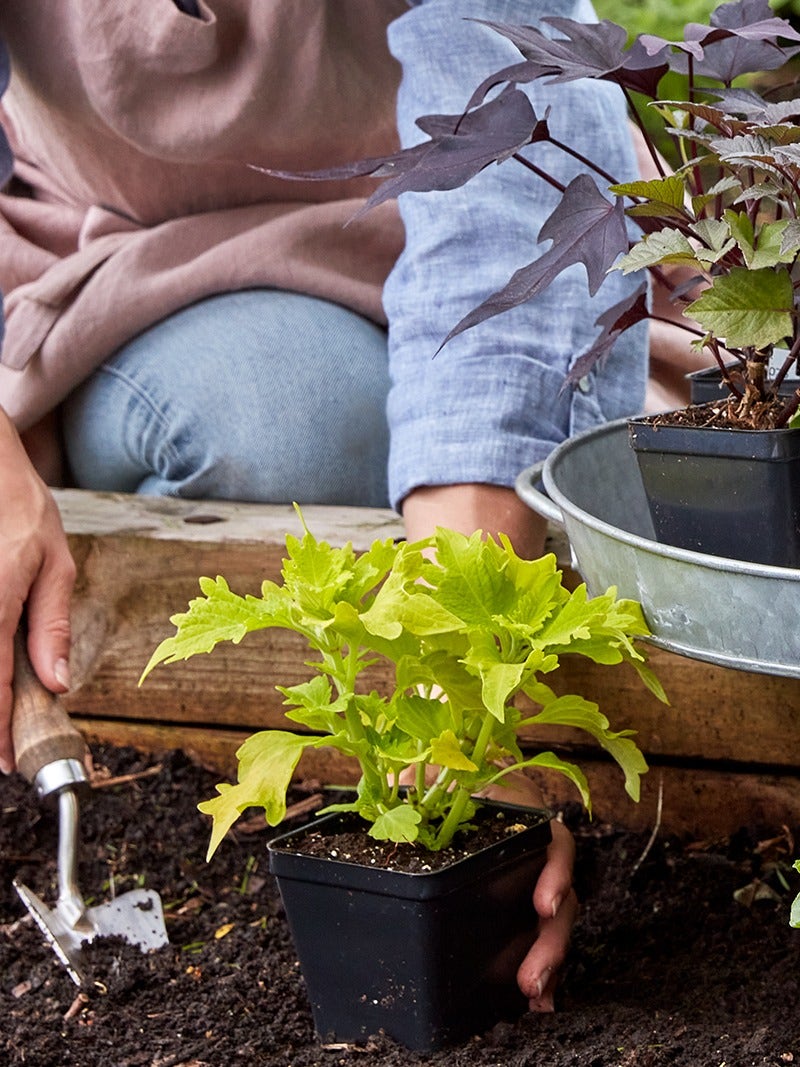


After waiting out the cold winter months, your green thumb is probably itching to get back into the soil. But before you pull on your garden gloves, here are a few signs to look for that indicate when to start planting a garden.
1. Your Last Frost Date Has Passed
The first step in deciding when to start planting a garden is determining your garden growing zone. Once you know what zone you live in on the USDA Hardiness Zone map, you'll have a better idea of when the last frosts are for your area. As a general rule, seeds or seedlings should go in the ground at least two weeks after the last frost date.
2. Your Seed Packets Tell You It's Time
Armed with your hardiness zone, the next indicator in deciding when to start planting a garden can be found on the back of your seed packets. Based on the days to germination and the days to harvest listed on your seed pack, you can determine when you need to sow seeds or start them indoors.
3. Thawed Ground
Another sign to check for is the soil condition. If the ground is still frozen, it won't make for successful planting. Checking for workable garden soil is pretty simple: Take a walk around your planting area and squeeze a handful of soil into a ball with your hands. If it sticks together or is dripping wet, it's not workable or ready. If it falls apart easily, it's a sign it's nearly time to plant.
4. Warm Nighttime Temperatures
Just because you're seeing some warm daytime temperatures doesn't mean your garden is ready for planting. It's essential to look at nighttime temperatures, too, before transplanting any seedlings to your garden. Ideally, you should plant warm weather plants when evening temperatures no longer dip below 60 degrees Fahrenheit.
5. Warm Soil Temperature
As the weather outside begins to warm up, the soil also steadily grows warmer. Checking your soil temperature is another method you can use to determine when to start planting. Seeds planted too early may not germinate right away or at all and can be disturbed before they get the chance to do so. Seedlings also need the proper soil temperatures before being transplanted to ensure survival.
To measure your soil's temperature, use a garden and compost thermometer. The soil should be at least 60 F to 65 F for spring planting. Take measurements three times throughout the day — morning, noon and late afternoon — to get a more accurate average temperature range.
6. More Sunlight Hours
Keep an eye on your garden area where your growing beds sit and clock how many hours of sunlight it receives throughout the day. Most warm weather plants, like squash and tomatoes, require six to eight hours of full sun daily. Once the area starts to get closer to six hours of steady sunlight, you'll know it's about time to get planting.
7. Your Seedlings Are Ready
If you start your seeds indoors, it's also vital to look to your seedlings for signs it's time to begin planting. Most seedlings should have at least two sets of true leaves before being transplanted into the ground. Don't forget to factor in time for hardening off the plants when you begin your garden preparation.
Watch for a few signs that your garden is ready for planting — no single one should be the only indicator. A combination of these signs, coupled with experience, can help you determine the best time to start.
For more tips on timing the planting of your garden, check out Burpee's guide to direct sow seeds.



